ELEMENTS INVOLVED
SHOT LENGTHS
Each tee set is assessed from the perspective of both scratch and bogey golfers.
• For rating purposes, a male scratch golfer will hit an average tee shot 250 yards and can hit a 470-yard hole in 2 shots.
• For rating purposes, a female scratch golfer will hit an average tee shot 210 yards and can hit a 400-yard hole in 2 shots.
• For rating purposes, a bogey male golfer, approximately 20 handicap, will hit an average tee shot 200 yards and reach a 370 yard hole in 2 shots.
• For rating purposes, a bogey female golfer, approximately 24 handicap, will hit an average tee shot 150 yards and reach 280 yards in two shots.
GREEN TARGET
This is an evaluation of the difficulty of hitting the green with an approach shot. Primary consideration is green size, approach shot length, green surface, visibility and firmness.
BUNKERS

Bunkers are evaluated according to their proximity to the target areas and the difficulty of recovery from them. The green target also drives the bunker rating value. More bunkers around a green can increase the value.
CROSSING OBSTACLES
Crossing obstacles are those which must be carried to play the hole. These can take the form of ditches, dry or with water, bodies of water like stream or ponds or penalty areas. It can also be rough over 6 inches deep or out of bounds.
LATERAL OBSTACLES
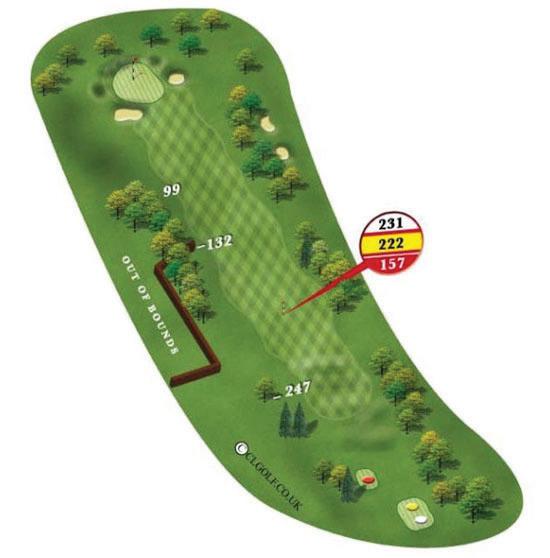
Subsequent
Distance
Distance
Distance
EFFECTIVE PLAYING LENGTH FACTORS
Topography affects the amount of roll and hence playing length. Hitting a tee shot into a significant upslope will result in less than the assumed average 20 yards of roll making the hole play longer. Conversely, a downslope will increase the amount of roll and make the hole play shorter. Other factors include doglegs, forced lay-ups, elevation and wind.
FAIRWAY
Fairway ratings are based on the width in the landing zones, hole length, nearby trees, hazards and punitive rough.
This is the evaluation of how obstacles come into play laterally on each shot on the hole. These consist of penalty areas, extreme rough (over 6”) and out of bounds. Difficulty is evaluated based upon shot length and distance from the centre of the fairway landing zone.
TREES
Trees are rated on the overall impact they have on each hole. They are assessed on the height, density, distance from the centre of the landing zone and the player’s opportunity to recover from them.
GREENS’ SURFACE
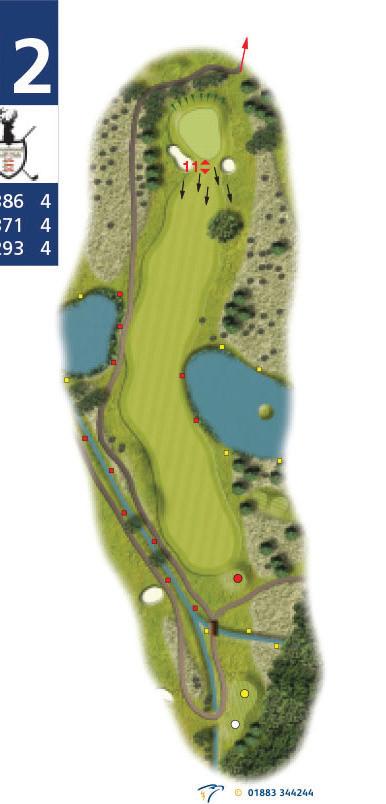
RATING YOUR COURSE
Greens’ surface is the evaluation of a green’s difficulty from a putting standpoint. Green speed and surface contouring are the main factors. The size of the green is considered irrelevant in evaluating putting difficulty. A stimpmeter is used to measure the speed of the
based on midseason conditions.

THE
STAFFORDSHIRE UNION OF GOLF CLUBS LIMITED
WEBSITE WWW.STAFFSGOLF.CO.UK SOCIAL MEDIA INSTAGRAM @STAFFSGOLFCLUBS TWITTER @STAFFSGOLFCLUBS FACEBOOK @STAFFORDSHIRE UNION OF GOLF CLUBS CONTACT US SECRETARY@STAFFSGOLF.ORG.UK 07709 940891 SHOT LENGTH TABLE - Men and (Women) (All Distances in Yards) Full Shots Women Women Men Men Carry 230 200 200 250 200 (210) (150) 470 (400) (370) (590) (540) (780) (710) (540) (410) (280) 690 910 20 20 20 180 150 (20) (20) (20) (20) 20 250 (210) (150) 220 (190) (190) (170) (130) (110) (170)
Carry Roll Roll Tee Shot
green
(130)
Full Shots
After 1 Shot
Distance
After 2 Shots
After 3 Shots
After 4 Shots Total Total Scratch
Player Bogey Player
We require a completed questionnaire along with a course layout and score card where appropriate.
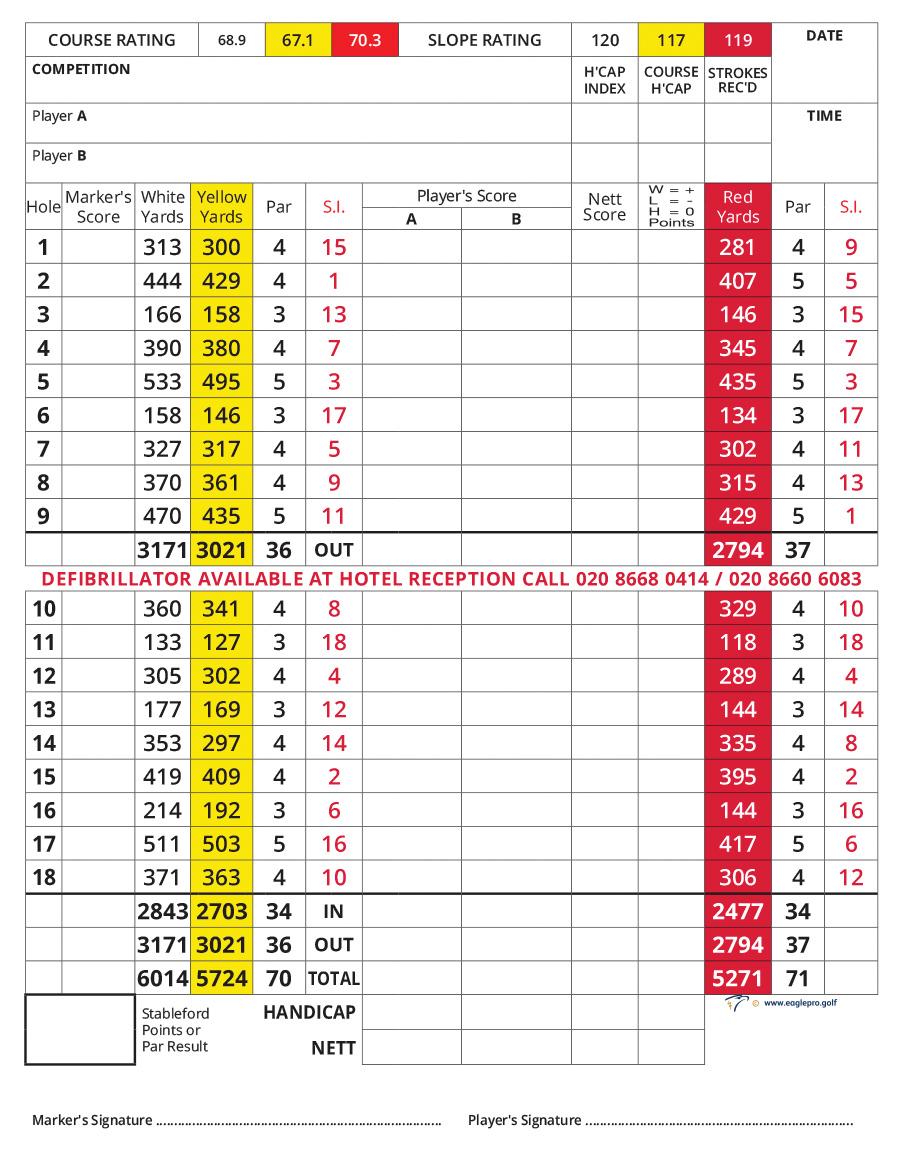


When our team come to rate your course there are certain elements which must be in place:
1. There must be a current measurement certificate in place (must be dated within the last 10 years)
2. Permanent markers must be in place
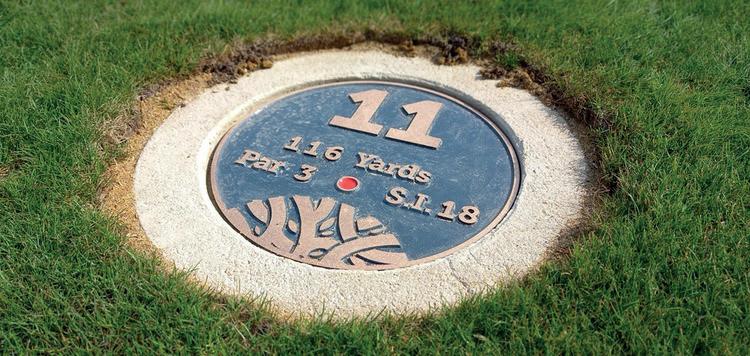
3. The course must be in playable condition:
(a) Any course changes completed
(b) All greens and bunkers in play COURSE RATING™ QUESTIONNAIRE
Please complete and return as soon as possible
Golf Club: Course General Ques7ons Answers
1. Is there a current dated within the last 10 years Cer7ficate of Measurement for all tees to be rated? If yes, please provide a copy
2. Are there any significant changes to the course planned within the next 12 months? If so, please discuss with the Ra6ng team as soon as possible.
3. Are there any ‘Penalty Areas’ not marked by Red or Yellow stakes?
4. Are there any ’No Play Zones’ associated with ‘Abnormal Ground Condi6ons’ or ‘Penalty Areas’?
5. Are there any environmentally sensi6ve areas where special Local Rules apply?
6. Are there any other aspects of your course the ra6ng team should be aware of? (e.g. roads crossing course or public rights of way)
7. When is the club expec6ng to print new score cards?
8. Please indicate any days of the week NOT convenient for the assessment.
9. Please enter weeks delay required, if any, in implementa6on of ra6ngs to allow for scorecards / SLOPE™ boards etc. to be updated? (0,1,2,3,4)
Please provide details below of ALL sets of measured tees that require a ra6ng, including Composites.
NJC 2024 02

Tee (Name / Colour) Cer6ficated Length (yards) Tick to indicate which are used for Acceptable Scores Are Permanent Markers in Place? Men / Boys Women / Girls Y/N
Cuaer height for rough next to the fairway (excluding intermediate cut or rough over 6”): What is your AVERAGE green speed during this period? (feet and inches):
Please provide the following informa7on about your course set up during the MAIN playing season (May through September) (This ques6onnaire should be completed by the person to whom any supplementary ques6ons should be directed)
Name : Telephone No: Posi6on: Date: Email : (PLEASE PRINT)
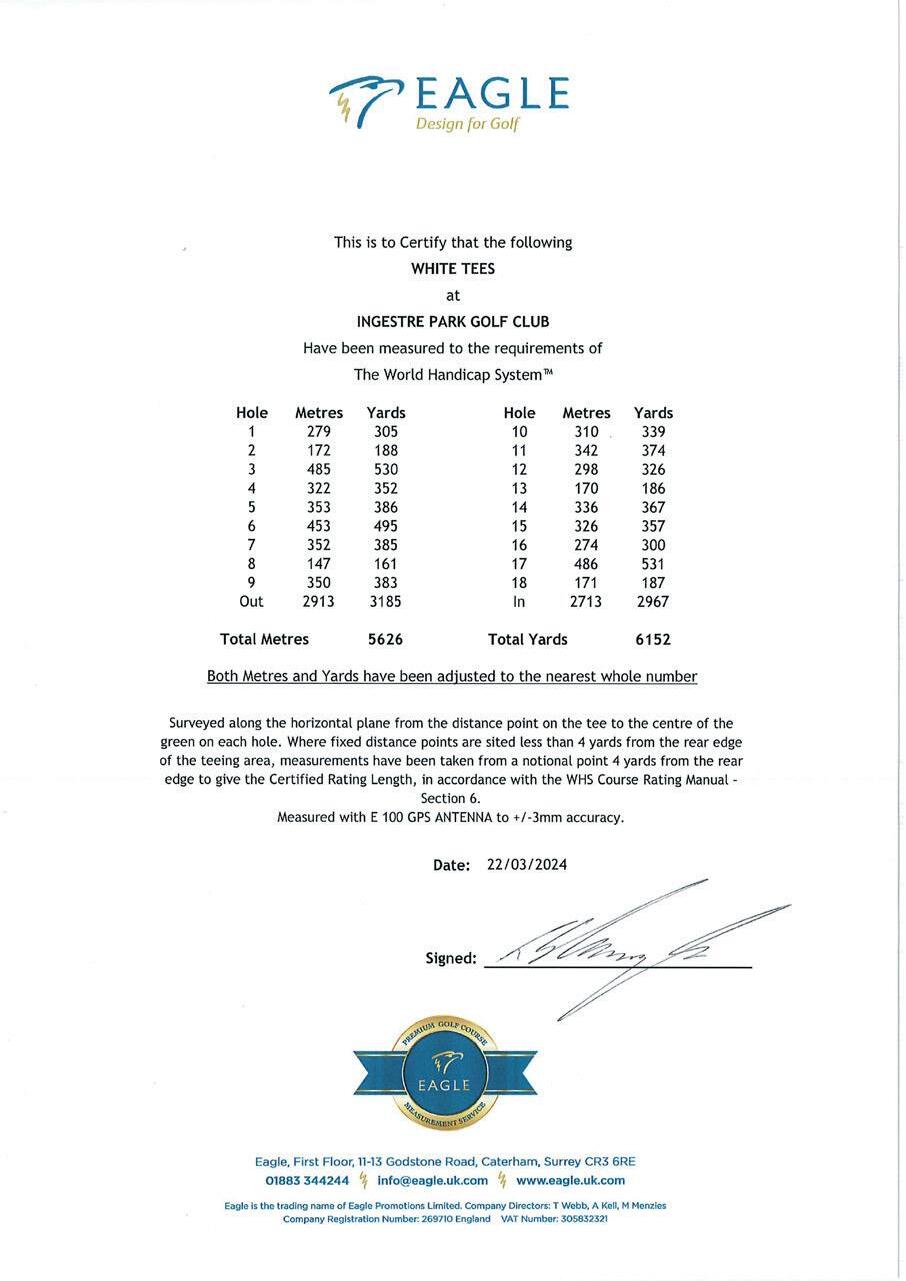
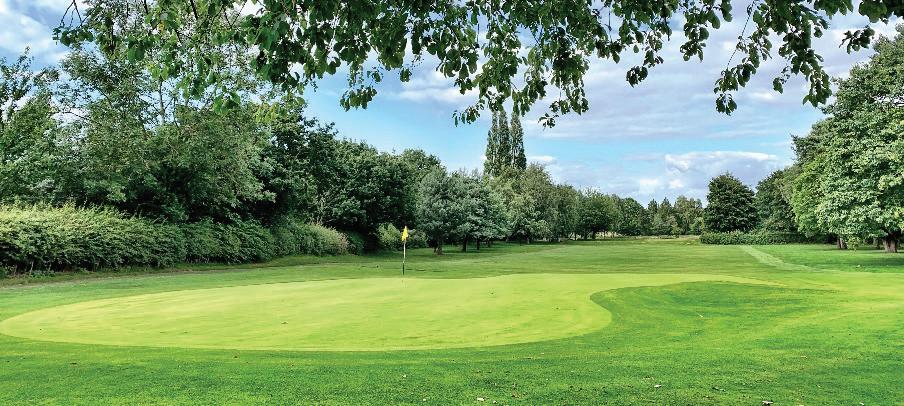
RATING
Courses must be re-rated at least every ten years. The rating will be carried by a team of trained raters from the county using the standardised WHS Course Rating System. Rating takes place during the main playing season (May - September) when there is fairway definition and the trees are in leaf. Your course rating will be undertaken in two or three visits depending on the amount of work to be completed or the number of tee sets to be rated.
The first visit would be recording the greens size, speed, contours etc…. This will usually be done by four of our raters and would require 2 buggies. This would cause little disruption to play but preferably be undertaken on a less busy day at the club.
The second visit would be to record the fairway landing zones. This, however is a little more time consuming and will require a 90-minute course closure behind us.
Please contact us if you require a rating or beforehand if you are planning on making course changes so the necessary steps can be taken to ensure the course continues to remain available for acceptable scores for handicap.
2. 3. 4. 5. 6. 7. 8. 9. 10. 11. 12.
1.










